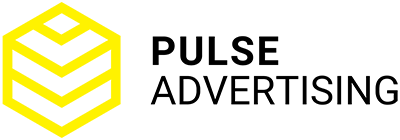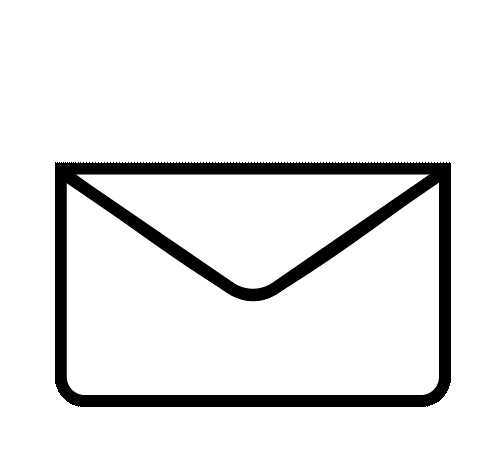Why Visual Hook ≠ Purchase Intent (and What To Do About It)
The social media marketing landscape is grappling with a fundamental misunderstanding: equating attention with purchase intent. While eye-catching visuals excel at generating views and engagement, they often trigger curiosity rather than buying confidence. Brands achieving better conversion rates are learning to treat visual hooks as the beginning, not the end, of their sales strategy.
June 19, 2025
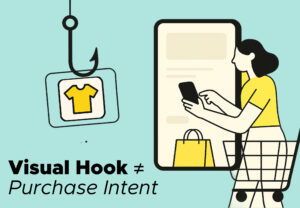
We have been told that the secret to success on social is simple: hook fast, sell later. So we obsess over the scroll-stopper, such as the first frame, flashy caption, or a viral soundbite, hoping it’ll drive results. And yes, it might grab attention. But we forget that attention isn’t commitment. It’s just curiosity. And curiosity doesn’t necessarily swipe a card. Most brands fall into winning the eyeballs but lose on sales. Because we have confused entertainment with intent. We assume that if someone stops scrolling, they are interested in buying. But in reality, they are just entertained. And if you are only optimizing for attention, you are building a funnel that starts loud but ends empty.
Let’s break down why this happens, and more importantly, how to fix it.
Why Your Catchy Hooks Aren’t Converting
😲The Surprise Factor: Eye-catching visuals work by surprising people. But surprise wears off fast. What made someone stop scrolling doesn’t necessarily make them trust you with their credit card. Think about the last viral ad you saw. You probably remember it was brilliant, but can you recall what the product actually does? That’s the novelty trap. Your brain files it under entertainment instead of a solution to my problem.
💡The Context Problem: Someone might love your creative ad while they are mindlessly browsing Instagram. But when they are actually ready to buy, they are in research mode, i.e., comparing prices, reading reviews, and thinking practically. It’s like the difference between window shopping and grocery shopping. When you are just looking around, flashy displays catch your eye. But when you need to feed your family, you are focused on ingredients, prices, and nutrition labels. People don’t buy just because they are impressed. They buy because they see themselves in the story. Because the content connects a dot they have been trying to solve.
🤔The Emotional Disconnect: Visual hooks often trigger emotions like curiosity or amusement. Purchase intent needs different emotions like trust, urgency, and confidence in your solution. A funny meme might make you laugh and share, but to make them buy, you need people to feel confident that your product will actually solve their problem, not just entertain them for 3 seconds.
ℹ️The Information Gap: Viral hooks tell you almost nothing about what you are actually buying. They are designed to look good, not inform decisions. When someone’s ready to purchase, they need specifics like ‘How does it work? What’s included? How much does it cost? Will it fit my needs?’ A beautiful sunset photo with your product doesn’t answer any of these crucial questions.
🛡️The Trust Barrier: Overly polished visuals can actually work against you by making your brand seem disconnected from real life. People buy from brands they trust, and trust comes from authenticity. If your visuals look too perfect or staged, potential customers might think this looks nothing like what I’ll actually receive. They have been burned before by products that looked amazing online but disappointed in person.
The Purchase Intent Psychology
Real buying decisions happen when three things align:
➡️The person has the actual problem your product solves
➡️They are actively looking for solutions (not just browsing)
➡️ They believe your product is their best option
Studies using eye-tracking technology reveal that when consumers pay more attention to positive information, they often choose to buy, showing a significant correlation between visual attention and purchase behavior. But that attention needs to be on the right elements.
So, What Do You Do Instead?
Let’s talk fixes. Because the solution isn’t ditching the hook but building what comes after.
🔍Follow Curiosity With Clarity: Once you have their attention, don’t waste time. In the first 5–7 seconds after the hook, clearly show what this is, who it’s for, and why it matters. Think of this part as a bridge. The hook gets them in and clarity keeps them there.
⚓Anchor to a Pain-Point: Most consumers aren’t walking around thinking about your product. They are thinking about themselves such as their mess, their goals, their frustrations. So instead of flexing features, speak to a problem they feel but haven’t put into words. Something small, specific, and instantly relatable.
🏷️Make the Product Earn Its Place: No one cares about your product until you show them why they should. Instead of leading with the product, build up the wow moment. Present the pain, agitate it a little, and then introduce your product as the bridge between problem and solution Only then do people see value. And only then does the sale feel natural, not forced.
The Real Fix
Stop treating visual hooks and purchase intent as separate strategies. The best marketing creates a smooth bridge between “Hey, that’s interesting” and “I need to buy this now.” Your visual should make a promise. Your product should keep it. And everything in between should make that connection crystal clear. Remember, getting someone to look is just the first step. Getting them to buy is where the real money lives.
Latest News ☕
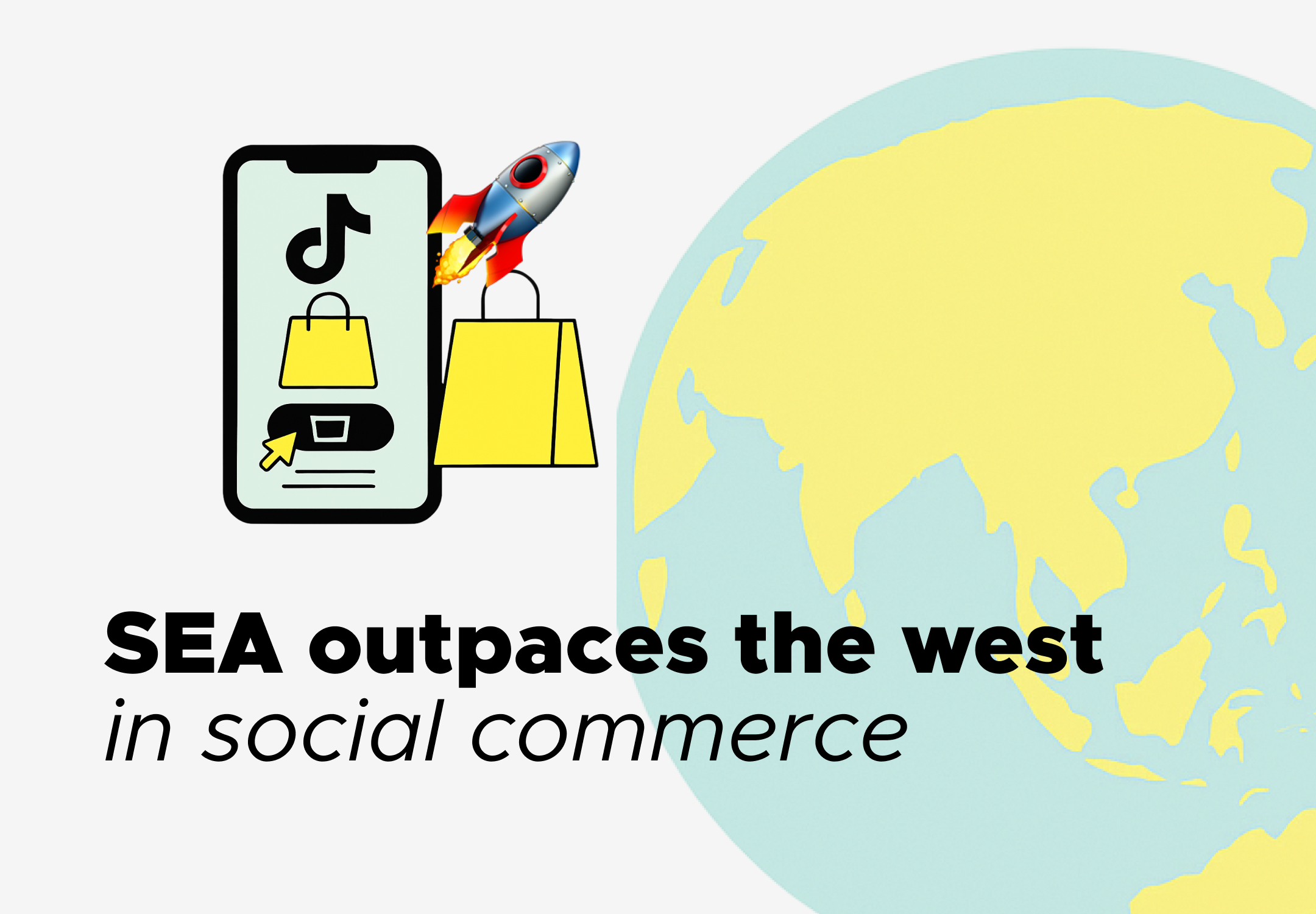
Southeast Asia’s Dominance in Social Commerce Trends (How Europe and USA Can Prepare)
June 18, 2025
The social commerce revolution is being led by Southeast Asia, where platforms have succes...
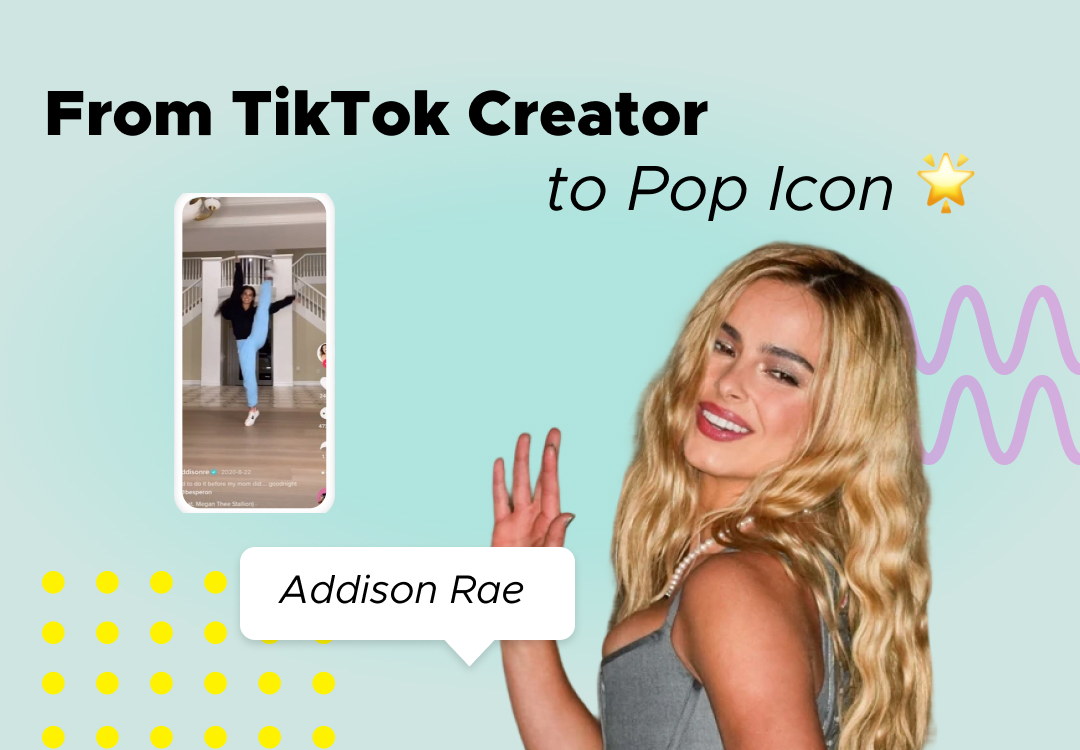
Addison Rae: From TikTok Creator to Pop Icon
June 18, 2025
The creator-to-artist pipeline is no longer a trend. It might just be the key to success. ...
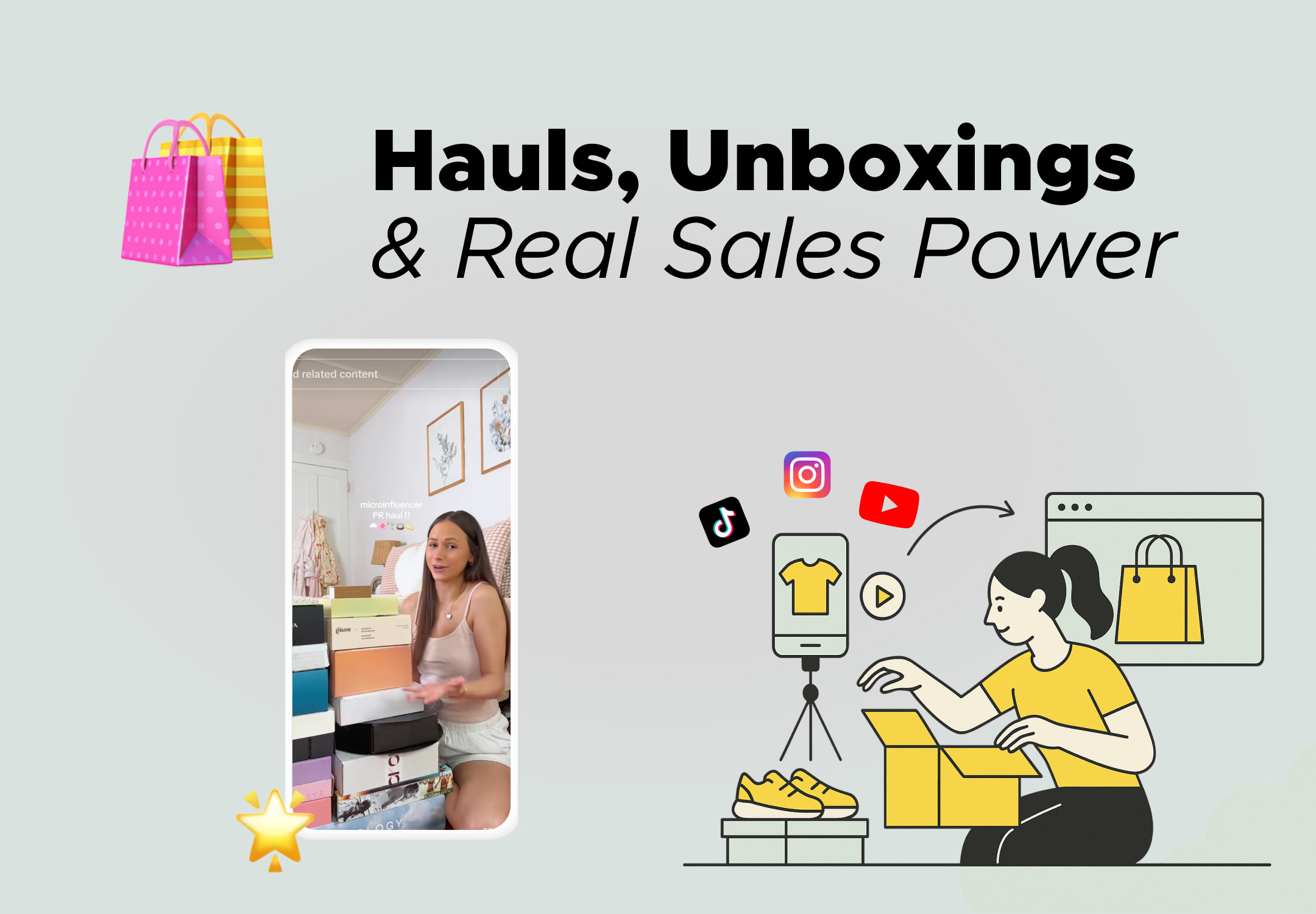
The Rise of Shoppable Hauls and Unboxings: Live Shopping vs Static Content – Which Drives More Sales?
June 17, 2025
Video-first shopping is reshaping retail as unboxing content garners 90,000+ monthly searc...
